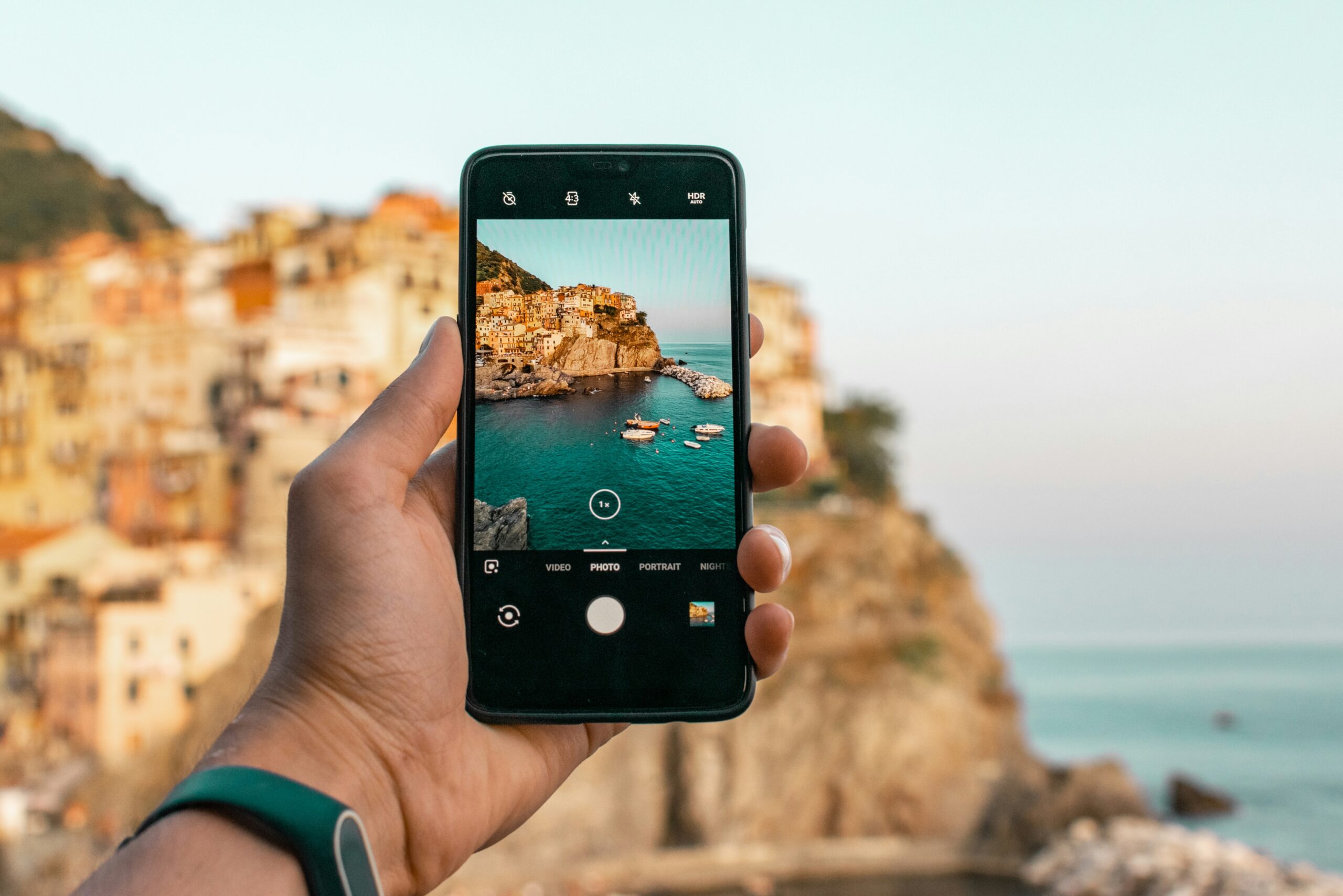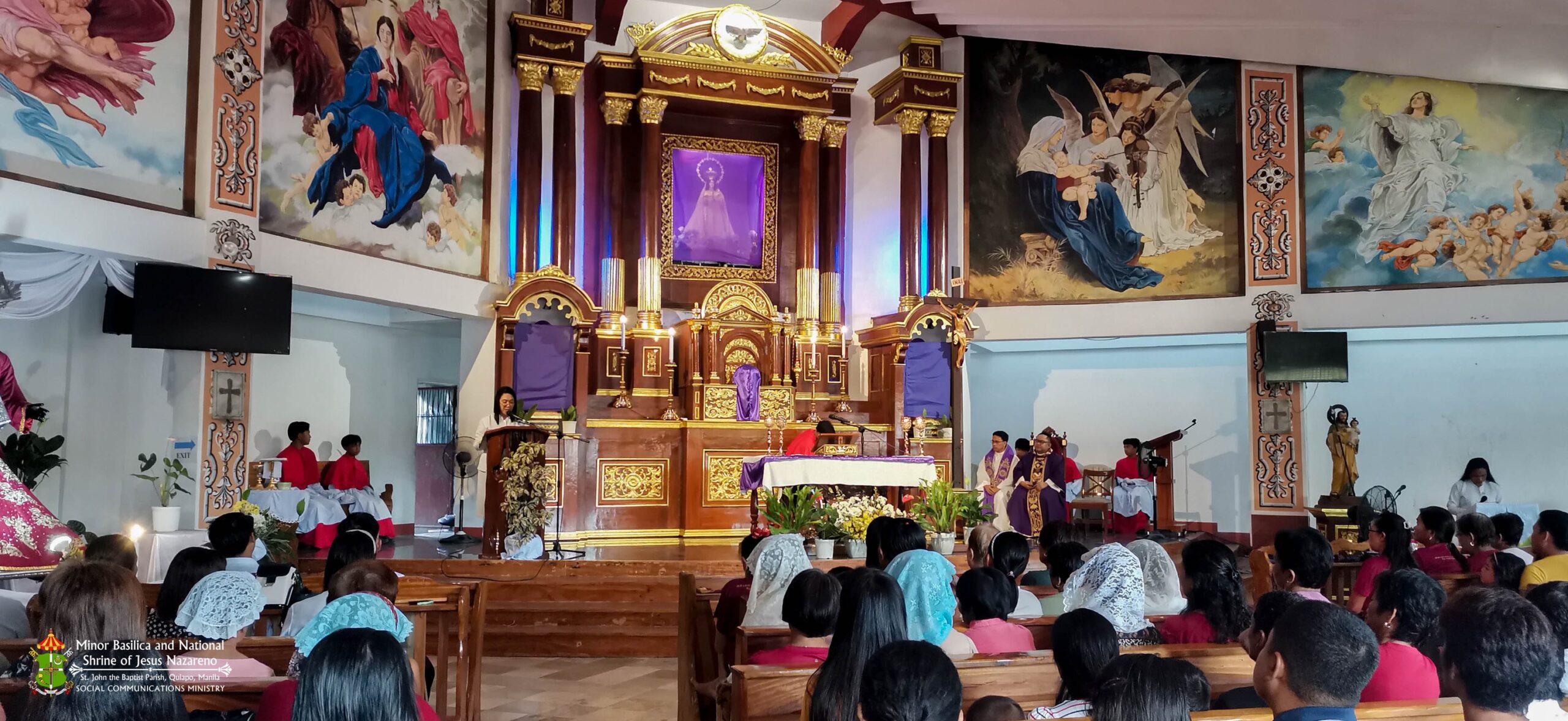EXACTLY a year ago when Pope Francis visited the Philippines, Carlos Celdran, who claims to be a culture and history guide for tourists and heritage buffs, made a public appeal for the Pope to intervene in his civil case for “offending religious feelings.”
The case was filed against him when he disrupted a service in 2010 at the Manila Cathedral by donning the gentleman’s suit à la Jose Rizal and crying “Padre Damaso!” (a reference to the villain in Rizal’s fiction) at Cardinal Gaudencio Rosales and priests and policemen (who were attending the service).
Celdran, who did the stunt to protest alleged Church violation of the separation of Church and state by its political activism, had called for forgiveness, but he was nonetheless convicted by the Manila court. He had vowed to appeal his conviction at the Supreme Court.
Now that the Philippines is observing the first anniversary of the Pope’s visit and hosting for the second time the International Eucharistic Congress since 1937, it would be worthwhile to look closely at the issue.
Is the fictional Padre Damaso an accurate representation of the friars who dominated Philippine life during the Spanish era?
If the friars—the Augustinians, Franciscans, Dominicans and Recollects—were mostly evil like Damaso, how was Spain able to hold the Philippines for 350 years with a ridiculously low army of occupation?
If the friars were evil Damasos, would Catholicism, which for the past 100 years has been painted black by public education, be deeply implanted in Filipino hearts?
If most of the friars were evil, there would have been many records of lynching of priests by the natives. But how come no such accounts can be found in history books, even those written by historians critical of Spain and the friars?
Let us look at the accomplishments of the friars during the Spanish era which are not adequately described—if they are mentioned at all—in history textbooks.
The friars propagated many useful plants from Mexico during the Manila-Acapulco Galleon Trade.
In history textbooks and press articles, the Galleon Trade has been simplified as the commercial exchange of Mexican silver with Chinese silk and spices. But many Filipinos do not know of the Mexican plants that came with the galleons, such as corn (maiz), camote (camotl), peanuts, tomato, sunflower, ipil-ipil, cacao, indigo, kalachuchi, marigold, kamatchili (quamochitl), kakawati, maguey, tobacco, acacia, caballero, papaya, chico, coffee, pineapple, guava.
These plants have increased the Philippines’ food supply, providing us new medicines, giving rise to rural industries, and beautifying backyards and plazas.
Some of the better-known friars responsible for the introduction of such flora were: Fr. Jose Davila (cacao and chocolate making); Fr. Diego Garcia (tobacco and cigar making); Fr. Tomas Moncada (wheat); Fr. Octavio (indigo and processing of indigo dyestuff); and Fr. Antonio Sedeno (mulberry; he was a Jesuit, not a friar, but just the same a Catholic missionary like the friars).
Philippine history textbooks are silent about Mexican plants being introduced locally and the big role the friars played in propagating them all over the country. Some of the plants led to the establishment of extensive rural industries such as cigar, indigo dye, tanning leather, chocolate and coffee.
But the friars also propagated useful plants from neighboring Asian countries. They popularized the use of moras or vetiver for erosion control of irrigation canals and small streams; citrus plant species from China for eating and cooking; rosemary and thyme for home remedies; and sugarcane from China for the manufacture of sweets.
The Dominicans brought Tonkin seeds (from Vietnam, of course) and showed the plant’s medicinal potentials.
The friars built roads and bridges for transportation.
Dominican Fr. Juan Villaverde built over 100 kilometers of roads in Pangasinan, Nueva Vizcaya and Kiangan. He also pointed out the Dalton Pass as the gateway to Cagayan Valley.
Recollect Fr. Pedro Cuenca built the Bacolod-Minulan Road in Negros; Franciscan Fr. Victorino del Moral built the famous Puente del Caprichio in Majayjay, Laguna; and Fr. Andres Patino built the Tinajeros Bridge in Malabon.
The friars quarried stone and introduced new building technologies.
Dominican Fray Domingo de Salazar, the first bishop of Manila, quarried at the mouth of the Pasig to come up with solid materials to replace the combustible nipa-and-wood house of the native Filipinos. Jesuit Fr. Sedeno introduced the technology of brickmaking and burning limestone to make lime as mortar for brick and stones to build stone structures. These translated into the building of durable, long-lasting stone bridges, churches, schools, fortifications and bahay-na-bato.
The friars introduced modern irrigation.
The Philippines was a rice exporter in the 1860s until 1880s because of the irrigation systems built by the friars in many provinces. In Cavite province, the Recollects built 18 irrigation systems that watered 21,000 hectares of rice lands.
In Calamba, Laguna, under the Dominicans, eight irrigation systems watered 4,250 hectares of ricelands. In Bataan, an irrigation dam of the Dominicans supplied water to 521 hectares of rice lands. Bulacan had two friar-built irrigation systems watering 1,850 hectares.
In Umingan, Pangasinan, a Dominican priest taught the farmers how to build portable bamboo waterwheels to draw water from brooks or streams below the level of farmlands.
We became a rice importer because it was more profitable to raise sugarcane, abaca and tobacco than rice by the 1880s.
The friars made the abaca industry.
Abaca was a Philippine monopoly and a major export crop starting in the 1830s. Credit is due Franciscan Fray Pedro Espallargas in Albay for inventing the abaca stripper, which made abaca fiber extraction faster and easier while increasing the yield and quality of the abaca fiber, the best marine fiber in the world.
The abaca stripper was so successful that, from 1830 to 1920, abaca became known internationally as “Manila hemp,” and it accounted for 20-40 percent of the foreign exchange earnings of the Philippines.
Fr. Espallargas is unmentioned in history textbooks.
The friars established the hospital, banking and water systems in the Philippines.
Fr. Felix Huertas, a Franciscan, is unknown except for a street in Manila’s Santa Cruz district, which does not identify him as a priest. He was the head of San Lazaro Hospital for lepers and he founded Monte de Piedad, a combination of savings bank and pawnshop, which was the first agricultural bank of the Philippines.
But his greatest achievement was completing the forgotten Carriedo to supply Manila with safe, potable running water beginning in 1882.
I do not remember reading about Fr. Huertas in the many articles on Manila’s past published in the Philippine press.
The friars established the modern printing press.
Dominican Fr. Francisco Blancas de San Jose introduced modern printing in the Philippines. This replaced the wooden block press, also introduced by him and the Dominicans, which published the first books in the country such as “Doctrina Cristiana.”
The press was a big help in education. It helped disseminate the Gospel in the native languages, which meant the friars did not destroy local languages and cultures, as most history books virulently declare, but, rather, they studied and conserved them. The press that Father Blancas established is still running today—the University of Santo Tomas Press, which is the second oldest in the world after Cambridge.
The friars cultivated the Filipino’s talent in music and the performing arts.
Filipinos are the minstrels of Asia. One writer noted that nightclubs in Asia would always boast of their Filipino musicians. Indeed, the Philippines may be the most musical of Asians and the friars cultivated the musicality of Filipinos.
Franciscan Fr. Jeronimo Aguilar was the first to teach Filipinos and deepen their musical talents. The friars taught the natives music for Mass and other religious rituals. I have seen in the National Archives a few Cuentas, the record of income and expenses of each province during the Spanish era; they showed that choir members were paid for their services.
The friars defended the Filipinos from abusive Moro attackers and slave traders and built fortifications that have withstood the test of time.
While busy building communities, the friars were also defenders of the natives from corrupt local leaders and pirates who periodically raided coastal villages to plunder and acquire slaves.
The friars built a hospital and welfare system in the Philippines that was ahead of North America’s.
The friars built the first hospitals in the Philippines; they built them in the first century of Spanish rule, antedating the system in the United States by 100 years.
They introduced medicinal plants from Mexico and Spain and recorded for posterity the herbal cures used by the natives, so that Philippine herbal medicinal knowledge and skills were conserved.
The friars built the sugar industry.
The giant sugar industry was also due to the work of the friars, particularly the Recollects missions in Negros. Sugarcane then was first crushed between two wood or stone cylinders called trapiche to yield its sweet juice.
Fr. Fernando Cuenca introduced the first hydraulic sugarcane crusher in 1850, which began the sugar boom and made Negros a very wealthy province.
The friars built the looming industry.
The Dominicans, who founded University of Santo Tomas, the oldest university and the only Pontifical university in Asia, introduced the first modern loom system, supplanting the native loom and making weaving faster and easier. Thus, the weaving industry became a big home industry in many places in the country.
The friars, not the North Americans, introduced public instruction.
Most Filipinos have been led to believe that Spain did not educate the Filipinos to make them submissive to Spanish officials and that the United States introduced public education in the Philippines. This is a big lie.
Formal public education in the Philippines officially began in 1863 with the Educational Reform Act. But even before that the friars had been active in teaching elementary reading and writing.
Gunnar Myrdal, in his monumental classic “Asian Drama,” wrote that the Philippines was ahead of other colonized Asian countries in education in the second half of the 19th century. The Philippines had higher literacy than other Asian countries, even higher than Spain, according to data submitted by Taft to the US Congress.
This was, in fact, the prime reason for the Katipunan revolution—our relatively advanced state of education and the economic progress under Spain that had been largely fostered by the friars. Revolutions are not started by uneducated masses.
It is important to point out that the Philippines was economically prosperous during the last four decades of Spanish rule, thanks to the agriculture-based industries—abaca, sugar, tobacco, indigo, and coffee—the propagation and cultivation of which were pushed by the friars.
Prejudice
Many of the information about the big role the friars played in Philippine cultural and economic advancement are not being taught in our schools; thus, generations of Filipinos do not know of the good friars. Thus, Filipinos are culturally Catholics but are superficial about Catholicism, especially its moral teachings and the work of the missionaries.
With the visit of good Pope Francis last year and the hosting of the International Eucharistic Congress this week by the Archdiocese of Cebu—the cradle of Christianity in the Philippines and the largest diocese in Asia, and whose Visayan people are known for their very intense devotion to the Santo Niño introduced by the Augustinians, the first missionary order in the country—it is imperative to re-examine the prejudice against the friars fostered by our ignorance and the lies spread by anti-Catholic or pseudo-nationalist historians and writers.
Filipino Catholics should banish the negative and largely false image of the friars fostered by dishonest historians, politicians, writers, media men and culture tour guides like Carlos Celdran.
Pio Andrade Jr. is a history buff and freelance journalist. He obtained degrees from Mapua Institute of Technology and University of Florida, and is a science researcher who has written several studies on ethnobotany, radiation chemistry, textile chemistry, food technology, pesticides and biomass energy.












































